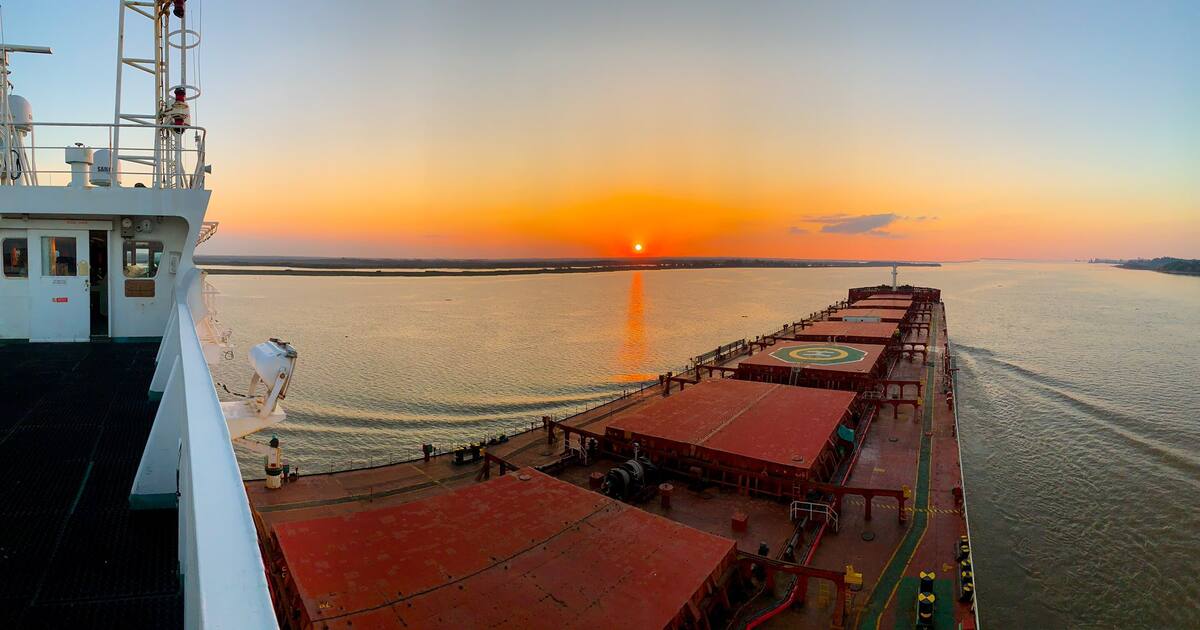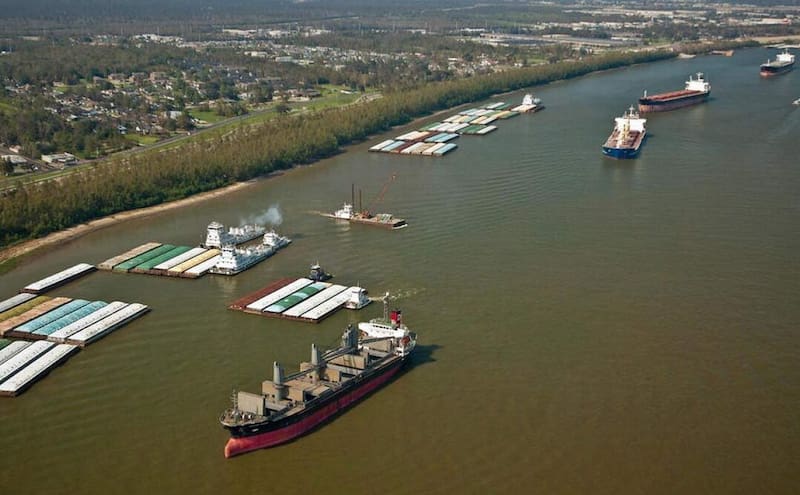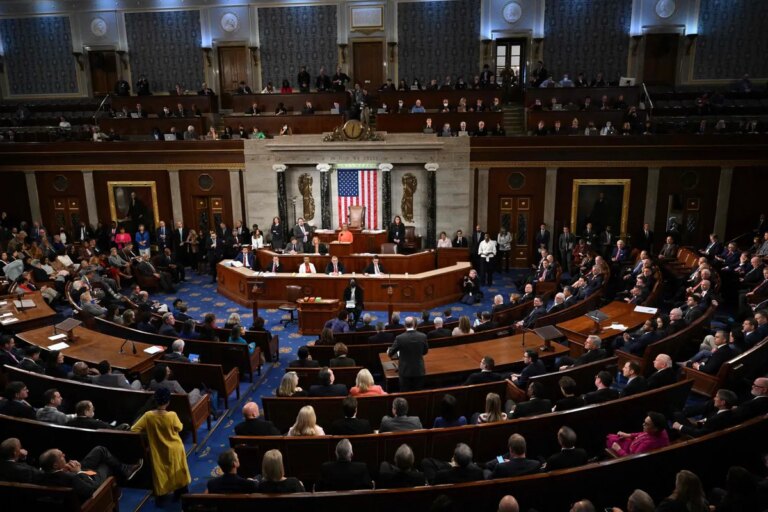
Horacio Luis Tettamanti
In the Netherlands, a global benchmark for hydraulic engineering and water management, the Deltares Institute of Science recently studied the implications of deepening maritime access to the port of Eemshaven.
The official objective was to improve the competitiveness of ports and reduce logistics costs. However, exactly the opposite happened. Instead of stabilizing, the water system reacted adversely, with dredging volumes steadily and unexpectedly increasing to double what was originally estimated. This phenomenon was not due to an operational error, but a conceptual error.
Attempts have been made to modify complex estuaries without fully understanding the sediment and dynamic balance.
As a result, the natural balance of the system has changed. Salt water intrusion increased, sandy beaches were shifted, fine sediments were resuspended, and maintenance costs permanently increased.
Warning to Argentina The lessons of the Netherlands are clear and directly applicable to our country. The Paraná main navigable road, the central logistics artery of Argentina’s economy, is a flat estuarine system that is highly sensitive to changes in depth and hydraulic conditions. In this scenario,

Insisting on the project continuing to deepen the Paraná Canal without a comprehensive environmental impact study and up-to-date morphodynamic modeling would be a risky decision, both financially and environmentally.
Rather than solving the problem, increasing global climate and energy instability could increase future dredging costs, increase hydrological risks, and deepen dependence on a single exit corridor.
Modernize your system The fundamental difference from the European case is that Argentina has strategic alternatives to avoid this mistake. ofAlong with the modernization of the Martin García Canal, the implementation of the Magdalena Canal, which is fully under national jurisdiction.
it will be possible to:
• Distribute the flow of oceans and rivers.
• Relieve pressure on the most sensitive parts of the Paraná River.
• Minimizes the risk of induced precipitation.
• Optimize logistics costs and time
• Restore full sovereignty over maritime access. it is about
Apply contemporary vision. Build resilient, diversified, and sovereign systems rather than blindly deepening weak channels.
new paradigm Magdalena and Martín García’s proposal is not an isolated geopolitical proposal. It is the right technological response to the logistics challenges of the 21st century.Responsible engineering is not measured by the depth of drilling, but by the ability to design solutions that reduce risk, protect resources, guarantee sovereignty, and create lasting competitive advantage.

Magdalena Canal offers technical and economic advantages
The central question is no longer how many meters to dredge, but what kind of system to build over the next 50 years. Dutch precedent provides an answer.
This is not to insist on deepening the error, but rather to open the door to a more intelligent and more Argentine system.
Naval and Mechanical Engineers (UBA). He served as the country’s undersecretary for ports and navigable waterways from 2012 to 2015. I want to meet you!
Register for free Enjoy a personalized experience at El Cronista.



